10 Historic Homes That Inspired Famous Horror Stories
Some of the most chilling tales in horror literature come from real homes that have stood the test of time. From their creaky floors to their mysterious pasts, these historic homes are steeped in stories of the supernatural. It’s no surprise that many of the world’s most famous horror stories were inspired by these eerie buildings. Their influence on the genre is undeniable, with their dark histories providing the perfect backdrop for fear.
This post may contain affiliate links, which helps keep this content free. Please read our disclosure for more info.
The Winchester Mystery House
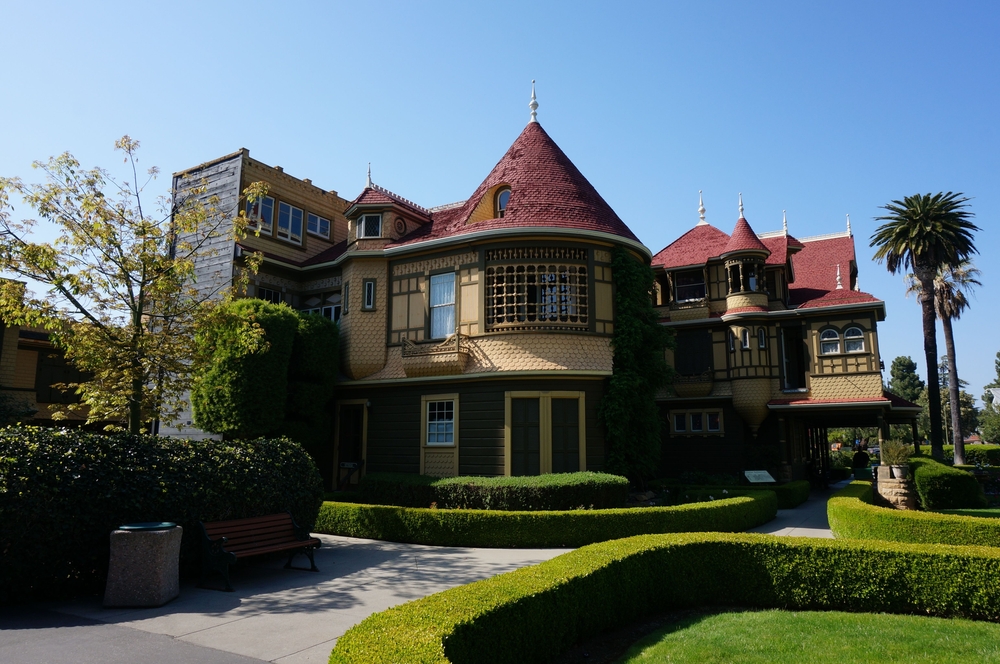
The Winchester Mystery House in San Jose, California, is one of the most famous haunted locations in the U.S. It was the home of Sarah Winchester, widow of the inventor of the rifle, and was continuously under construction for nearly 38 years. The house is filled with strange architectural features like staircases that lead to nowhere, doors that open into walls, and hidden passageways. These oddities are said to have been built to appease restless spirits, which inspired the story of The Haunting of Winchester House. Visitors to this historic mansion often report eerie sensations and strange occurrences, making it a must-see for horror enthusiasts.
The house became a key setting in stories of the supernatural, and its unsettling design has made it a symbol of haunted architecture. The legend of Sarah Winchester’s obsession with building to quiet the spirits of those killed by her husband’s invention has been retold in books, films, and even video games. As one of the most famous haunted houses in America, it offers an intriguing glimpse into a tragic and eerie past. Its fame as a real-life haunted house has influenced many fictional depictions of ghostly encounters. For anyone interested in the paranormal, the Winchester Mystery House remains a chilling point of fascination.
The Amityville House
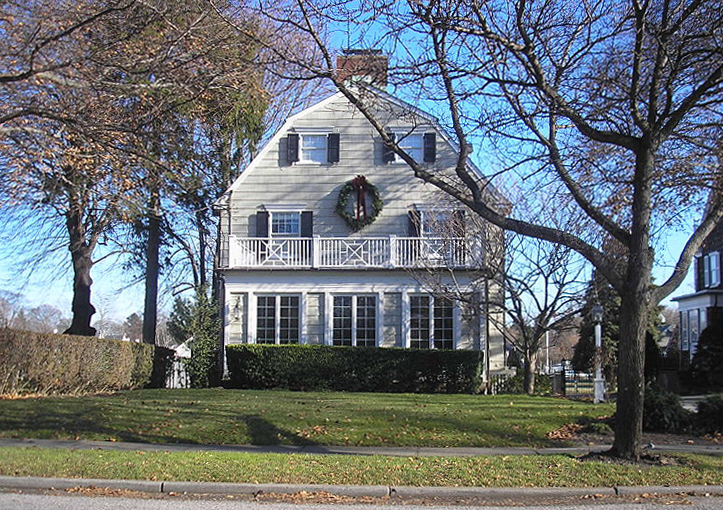
Located in Amityville, New York, the house at 112 Ocean Avenue is infamous for its dark history. In 1974, a horrific mass murder occurred here when Ronald DeFeo Jr. killed six members of his family. The following year, George and Kathy Lutz moved in with their children, but they soon fled, claiming terrifying paranormal experiences. This house inspired the book The Amityville Horror, which was later adapted into multiple films. The chilling accounts of voices, strange odors, and supernatural events continue to captivate audiences.
Despite skepticism over the validity of the Lutz family’s story, the house has remained an enduring symbol of haunted places. The story of the Amityville Horror has become a cultural touchstone for supernatural fiction. Visitors to the home often discuss the lingering sense of unease that surrounds the property. The house’s distinctive appearance, with its iconic eyes-like windows, also adds to its menacing reputation. Its role in modern horror stories has solidified its place in the genre’s history.
The Conjuring House (Old Arnold Estate)
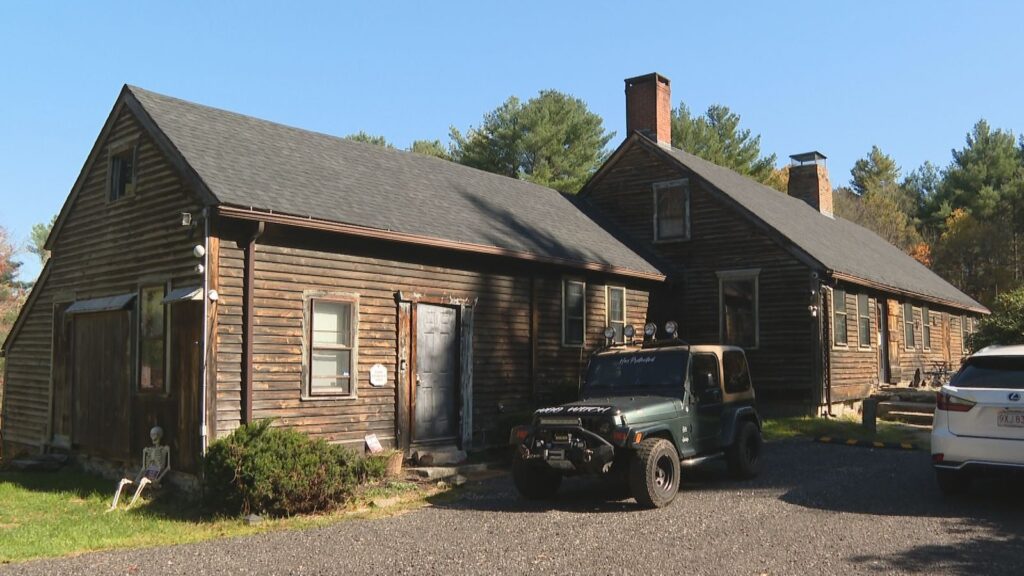
The Old Arnold Estate in Harrisville, Rhode Island, is the site of the real-life haunting that inspired the Conjuring film series. In 1971, the Perron family moved into the farmhouse and soon experienced disturbing phenomena such as strange noises, apparitions, and an oppressive feeling of dread. Paranormal investigators Ed and Lorraine Warren were called to the home, and their investigation led to the family’s eventual escape from the terrifying situation. The house’s haunting is the subject of The Conjuring, where it becomes a central element in the story of paranormal research.
The house remains a popular destination for horror fans and paranormal enthusiasts alike. Despite the disturbing events reported by the Perrons, the estate is now a site where people attempt to uncover the supernatural. The home’s rustic setting, isolated from the nearest neighbors, only adds to its creepy reputation. Its association with the Warrens’ famous investigations has made it a focal point in horror culture. Today, it stands as a true testament to real-life hauntings that inspired Hollywood.
The Overlook Hotel (The Stanley Hotel)

The Stanley Hotel, located in Estes Park, Colorado, is the inspiration for Stephen King’s The Shining. King and his wife spent a night at the hotel in 1974, and the eerie experience led to the creation of one of the most famous horror novels of all time. The grandiose hotel, built in 1909, sits atop a hill with sweeping views of the Rockies, but its isolation and rumored hauntings make it a chilling backdrop for King’s tale. The story of Jack Torrance’s descent into madness at the Overlook is tied directly to the real history of the Stanley Hotel.
Guests report strange noises, ghostly apparitions, and feelings of being watched, all of which have made it a hot spot for paranormal activity. The hotel hosts annual ghost tours, where visitors are told about its spooky past and the ghosts said to haunt its halls. The iconic hotel continues to draw fans of both the novel and the film adaptation. The Stanley Hotel’s role in the horror genre is cemented through its connection to one of the most enduring stories of psychological terror. The real-life hotel remains a popular destination for those wanting to connect with the unsettling spirit of The Shining.
The Myrtles Plantation

The Myrtles Plantation, located in St. Francisville, Louisiana, is often called one of America’s most haunted homes. Built in 1796, the plantation is said to be haunted by numerous spirits, including that of a woman named Chloe, who was allegedly murdered here. The home inspired the legend that would later be told in The Haunted History of the Myrtles Plantation and has been the subject of several paranormal investigations. Guests report eerie experiences such as sightings of ghostly figures, strange noises, and even mysterious footprints that appear overnight.
The plantation’s history of slavery, betrayal, and murder has contributed to its dark reputation. Visitors often take ghost tours to learn about its haunted history and the many legends surrounding it. The lush grounds and grand architecture provide a picturesque setting, but the stories that linger around the house tell a much darker tale. The Myrtles Plantation remains a place of fascination for those interested in haunted houses and the chilling stories that emerge from them. Its place in American horror history makes it a must-see for anyone seeking the truth behind the terrifying tales.
The LaLaurie Mansion
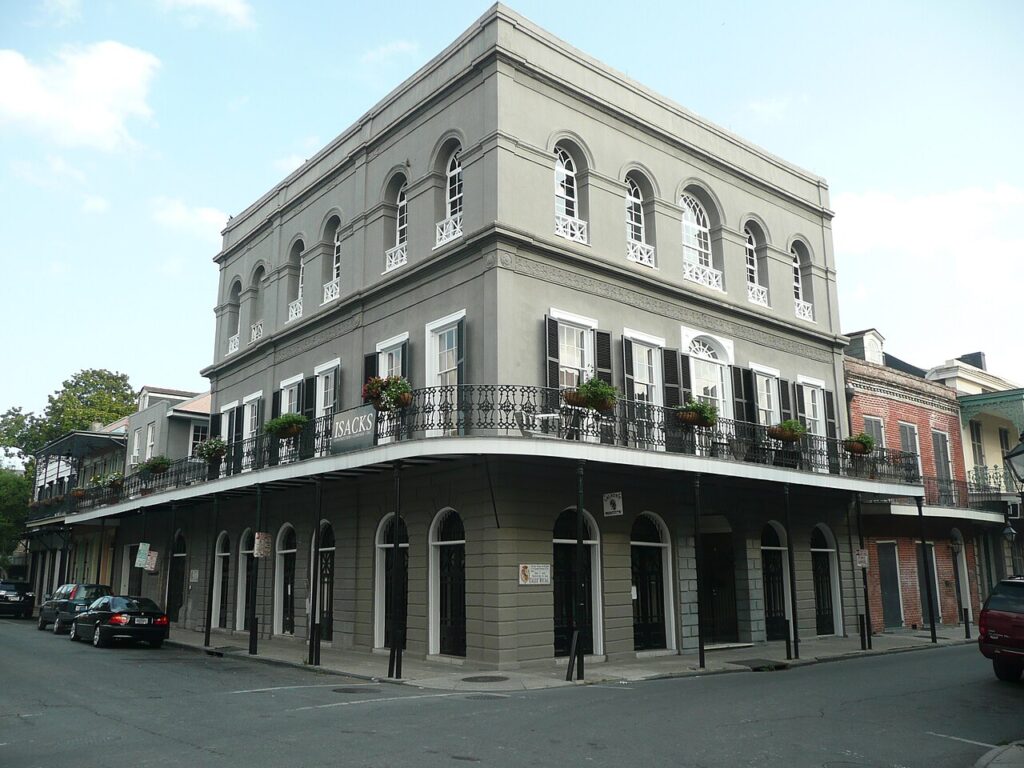
New Orleans’ LaLaurie Mansion is infamous for its association with Madame Delphine LaLaurie, whose cruel treatment of enslaved people came to light after a fire broke out at the mansion in 1834. The discovery of the bodies and tortured individuals in the mansion’s attic sparked outrage and cemented the house’s reputation as one of the most haunted in the city. This mansion inspired various fictionalized accounts of its dark history, including in the popular TV series American Horror Story: Coven. The house’s ominous presence and tragic backstory have made it a focal point of New Orleans’ haunted history.
Today, the mansion remains a symbol of the dark past of New Orleans, and many believe it still harbors spirits of those who suffered there. The house’s imposing appearance and connection to one of the most gruesome chapters in the city’s history only add to its eerie allure. Though it’s not open to the public, the LaLaurie Mansion continues to draw ghost hunters and those curious about its haunted past. Its association with American Horror Story further cemented its place in modern horror lore. The chilling events that took place within its walls continue to inspire fear and fascination.
The Lizzie Borden House
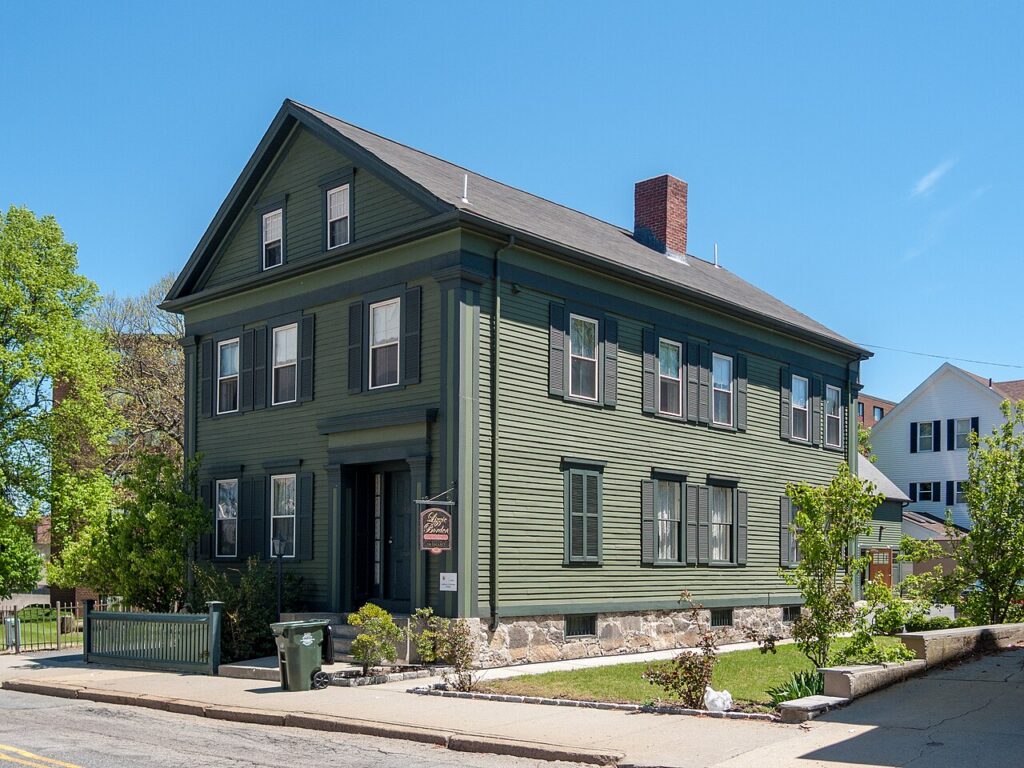
The Lizzie Borden House in Fall River, Massachusetts, is known for its connection to one of the most infamous murder cases in American history. In 1892, Lizzie Borden was accused of murdering her father and stepmother with an axe, though she was acquitted. The case has since inspired countless books, films, and television shows, including the well-known story of Lizzie Borden Took an Axe. The house where the murders occurred has since been converted into a bed and breakfast, with many guests reporting strange occurrences and eerie sensations.
The house, now a historic site, offers tours that recount the tragic events of the murders and their aftermath. Its association with one of the most notorious figures in American crime history has made it a popular destination for true crime enthusiasts and horror fans alike. Visitors have reported hearing footsteps, doors creaking, and unexplained voices, adding to its reputation as a haunted location. For those interested in both history and horror, the Lizzie Borden House offers a chilling look into a real-life tragedy that continues to haunt the imagination. The legacy of the murders and the ongoing paranormal activity make it a compelling site for horror fans.
The Villisca Axe Murder House
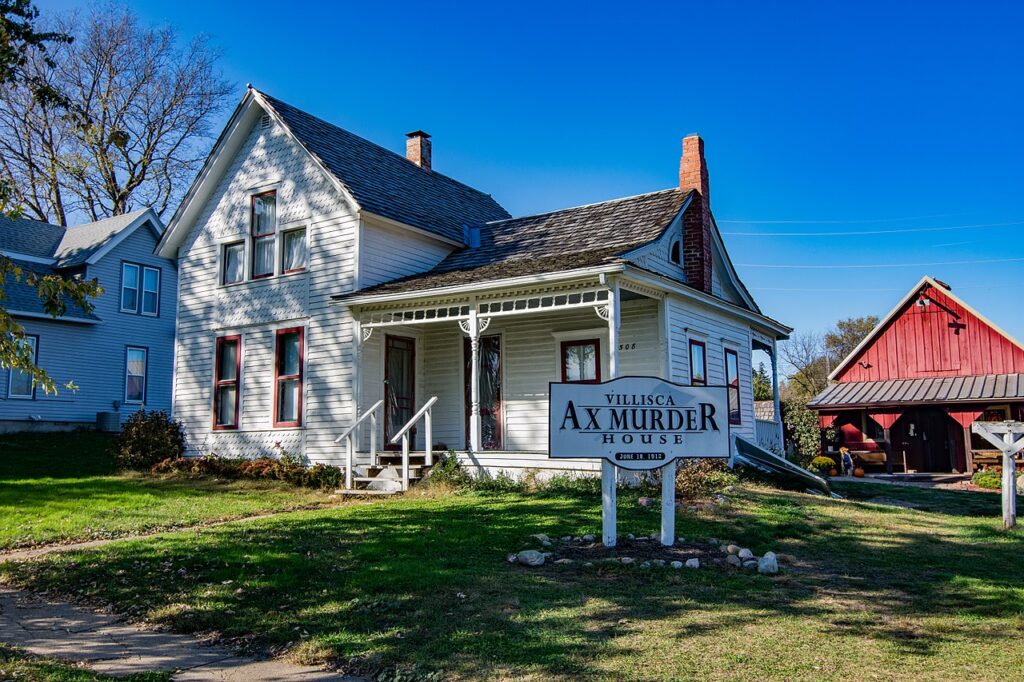
The Villisca Axe Murder House in Villisca, Iowa, is known for the brutal murders of six children and two adults in 1912. The mystery surrounding the murders and the strange occurrences in the house have made it a focal point for true crime and paranormal investigations. The house inspired multiple books and documentaries, including The Villisca Axe Murders. Visitors often report hearing strange noises, and some claim to have seen apparitions of the victims in the house.
The home is now open to the public for tours, where guests can learn about the horrific events and the ongoing ghostly activity. The house’s role in both crime and the paranormal world has made it a must-visit for those interested in both history and horror. People who visit often describe a feeling of unease as they explore the home, with many claiming to experience paranormal activity firsthand. The Villisca Axe Murder House remains one of the most famous haunted locations in the United States. The unsettling history of the place has left a lasting imprint on the horror genre.
The Whaley House
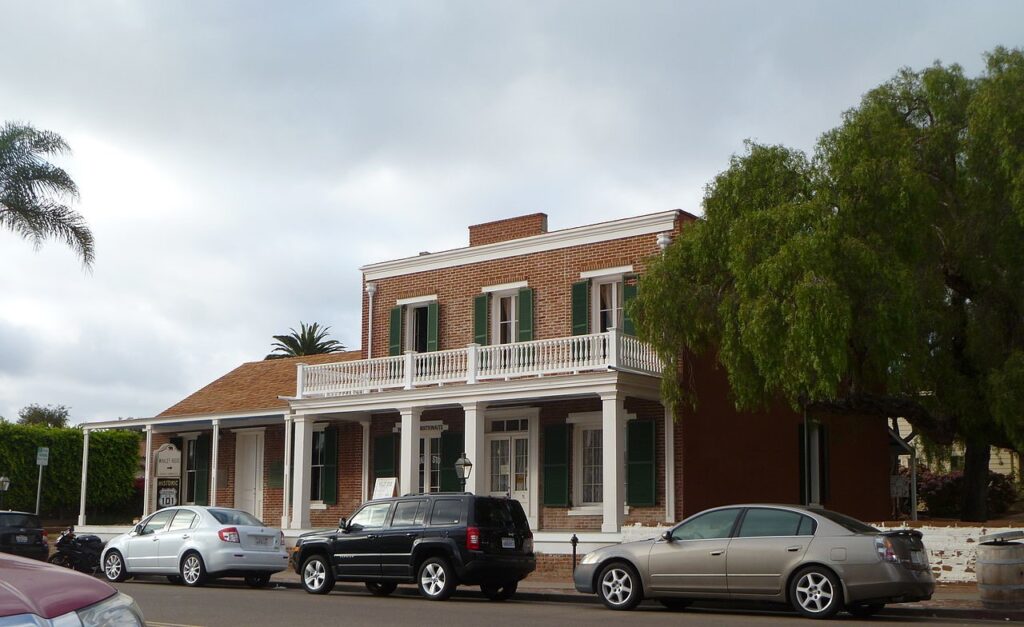
The Whaley House in San Diego, California, is often regarded as one of the most haunted homes in the United States. Built in 1857, it was the site of numerous tragedies, including the suicide of the house’s original owner, Thomas Whaley. The house was the setting for many reports of paranormal activity, from ghostly figures to unexplained sounds. Its fame as a haunted house has inspired multiple books, ghost-hunting tours, and even a horror film. Visitors often report sensing an eerie presence, especially in the courtroom and the upper floors.
Today, the Whaley House serves as a museum where guests can learn about its dark history. The house’s connection to the supernatural has been well-documented, making it a prime destination for ghost hunters. The eerie events tied to its past continue to fuel its haunted reputation. Whether you’re a skeptic or a believer, the Whaley House remains a chilling experience for all who visit. Its storied history and haunting presence ensure it will forever be linked to the supernatural.
The Black Monk House
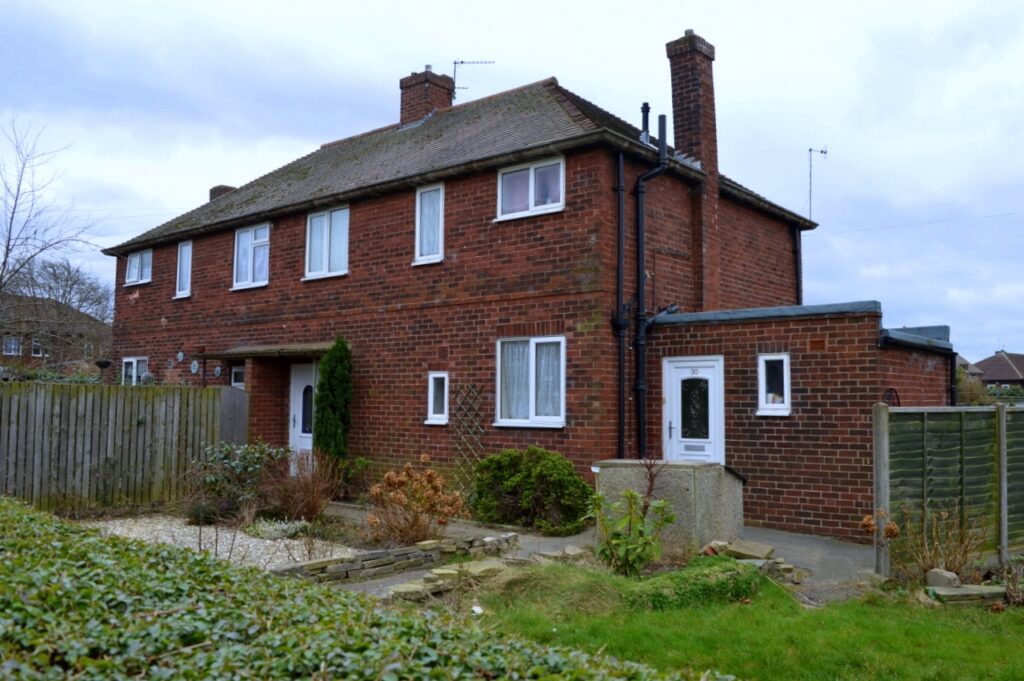
The Black Monk House in Pontefract, England, is infamous for its terrifying haunting, which began in the 1960s. The house was the site of intense paranormal activity, including violent poltergeist activity, strange noises, and moving objects. The haunting inspired books and documentaries, with the most famous being The Haunting of Pontefract. The story of the Black Monk, a ghostly figure believed to be connected to the local area’s dark past, has been a major source of inspiration for supernatural fiction.
Today, the Black Monk House remains a popular location for paranormal investigators, and its history is often referenced in stories of poltergeists and restless spirits. The haunting has become an integral part of local folklore, and many believe the house still holds the spirits of its troubled past. Visitors and investigators report unsettling experiences and strange feelings while in the house, further fueling its reputation as a haunted location. The house’s chilling presence continues to make it a notable example of a place where real-life events inspired famous horror tales.
This article originally appeared on Avocadu.
